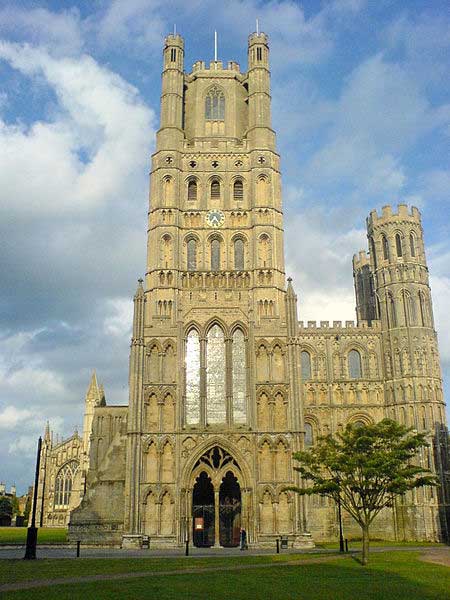Attendance boom seen at cathedrals as worshippers seek anonymity

Your support helps us to tell the story
From reproductive rights to climate change to Big Tech, The Independent is on the ground when the story is developing. Whether it's investigating the financials of Elon Musk's pro-Trump PAC or producing our latest documentary, 'The A Word', which shines a light on the American women fighting for reproductive rights, we know how important it is to parse out the facts from the messaging.
At such a critical moment in US history, we need reporters on the ground. Your donation allows us to keep sending journalists to speak to both sides of the story.
The Independent is trusted by Americans across the entire political spectrum. And unlike many other quality news outlets, we choose not to lock Americans out of our reporting and analysis with paywalls. We believe quality journalism should be available to everyone, paid for by those who can afford it.
Your support makes all the difference.A desire for anonymity during the act of worship has helped produce an attendance boom at cathedrals with the number of people attending each week up by 35 per cent over the last decade.
Figures released by the Church of England showed that the number of worshippers at cathedrals increased during 2012, continuing a growing trend.
Total weekly attendance across 42 CoE cathedrals grew to 35,800, according to Cathedral Statistics 2012, an increase of 35 per cent since 2002.
Easter 2012 saw the highest cathedral attendance in the last decade, at 54,700. Attendance at midweek services has grown most, from 8,900 in 2002 to 16,800, while Sunday attendance has grown from 17,500 to 19,100.
Cathedrals are attracting worshippers despite a sharp decline in church attendance over recent decades. Strong community links have helped the cathedral boom, along with special services attracting worshippers who enjoy the anonymity offered by a cathedral visit compared to a Sunday church service.
Last year Ely Cathedral packed more than 700 people into its pews by showing the opening night of the Olympics on a big screen.
Cathedrals are filling the gaps left by youth centres facing funding cuts. Liverpool Cathedral, the UK’s largest, has extended its café offering and attracted more than 200 people to a special youth service it called Night of the Living Dead.
The CoE said the numbers of children and young people attending educational events is now at its highest level for 10 years, up from 265,100 in 2002 to 306,800 in 2012.
The number of volunteers serving cathedrals has continued to rise, reaching 15,570, 30 per cent up on the 11,930 in 2002. Between them, they fulfil a range of 860 voluntary roles across the country.
Regular cathedral services, run at least once a month, attracted 1,639,300 worshippers. Around one million attended more than 5,000 public or civil events in the cathedrals, down from a peak in 2010 but still nearly twice as many as in 2002.
Dr Bev Botting, Head of Research and Statistics for the Archbishops’ Council said: “Cathedrals continue to flourish as worshipping communities while offering a valuable insight into our nation’s heritage.
“The statistics show people of all ages are increasingly drawn to cathedrals for worship, to attend educational and civic events, and to volunteer to ensure our cathedrals are open to all those who are drawn to visit and worship in these wonderful buildings”.
Join our commenting forum
Join thought-provoking conversations, follow other Independent readers and see their replies
Comments